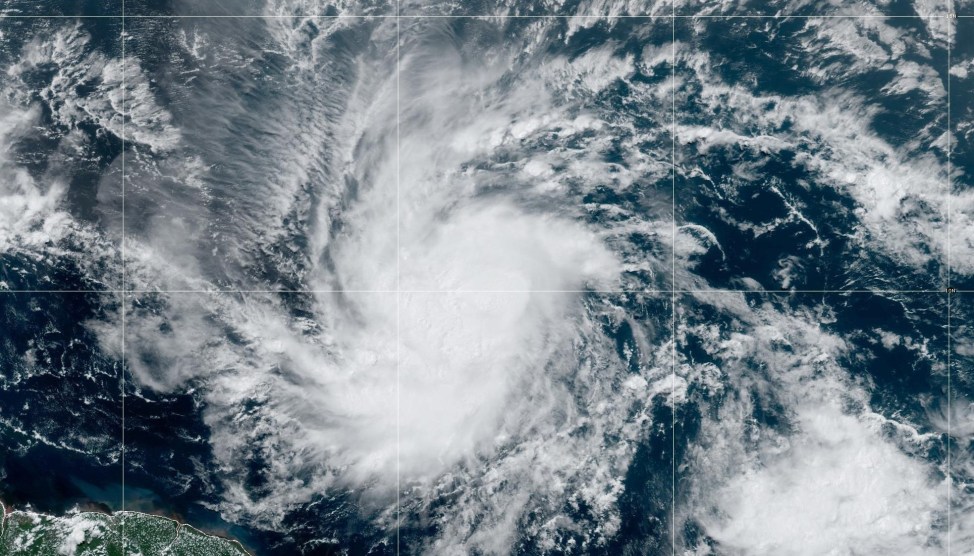
Flickr/Borman818 (Creative Commons)
As the country prepares to force necessary legislative reform on the long-reviled health insurance industry, two economists have proposed the creation of a whole new insurance market—one that “protects” college drop-outs from enormous student loan debt. The authors explained their concept in a working paper last week at an American Economic Association meeting.
Satayajit Cjatterjee of Philadelphia’s Federal Reserve Bank and Felicia Ionescu of Colgate University suggest that insuring college students against the full cost of their (potentially incomplete) education may increase enrollment. Students with failure insurance might only have to pay half of their student loan debt upon dropping out, so if students are less worried about the financial ramifications of doing poorly in college, they might be more apt to stay enrolled, work harder in their classes, and ultimately obtain a degree, Cjatterjee and Ionescu argue. According to the authors’ calculations, failure insurance could increase college enrollment by 3.5 percent and college graduation by 3.8 percent. But it would also mean that students who pay for insurance and don’t drop out have unnecessarily spent hundreds on monthly insurance payments. Failure insurance’s idiosyncracies aside, Cjatterjee and Ionescu still think its an important concept considering that 47 percent of ex-students who took out loans don’t have college degrees, according to the Fed’s Survey of Consumer Finances. Without a degree, college dropouts also make less money and retain more educational debt than graduates. So even if they wanted to complete their degree later on, finances might make it difficult.
“The financial risk of taking out a student loan but being unable to complete college may discourage some people from taking out a loan and enrolling in college,” the economists write. “Thus, even though prospective students may not be credit constrained, a mechanism to share the risk of failing to complete college—college failure risk—might improve the welfare of enrolled students and encourage more people to enroll and complete college.”
When did a student’s decision to drop out of college become financial in nature? I was recently a college student myself, and I can’t think of a single person who worried: “What if my Cs turn into Ds and I have to drop out? I should probably quit now before my student loan debt grows any further.” And if there is too much financial risk tied to giving higher education the ol’ college try, then why not make it less financially risky, i.e. more affordable? If college was a generally cheaper endeavor, more students might matriculate without taking out five or six figures in student loans. Cjatterjee and Ionescu have certainly proposed an interesting concept, but failure insurance is merely a bad solution to a symptom of a larger problem: the soaring costs of higher education for all students.
James McCusker of the Everett, Washington Daily Herald has a pitch-perfect response to the criticism that failure insurance tackles the wrong problem:
We need to do something about higher education, but the dropout rate is a symptom, not the source of the problem. The costs of higher education continue to rise uncontrollably and borrowing to meet that cost makes little sense for most people. Notably, dropouts are not included in the calculations when college marketers tout the economic benefits of higher education.
We need to address the distorted costs of higher education, not underwrite the existing cost structure by offering risk-sharing insurance. We also need to address the decaying standards of our secondary schools, not encourage unprepared students to enroll in college—only to saddle them with indenture-like loans when they drop out.
To see the rest of James’ analysis, check out the Daily Herald here, and to see an interview with Chatterjee and Ionescu, check out the Chronicle of Higher Education here.











